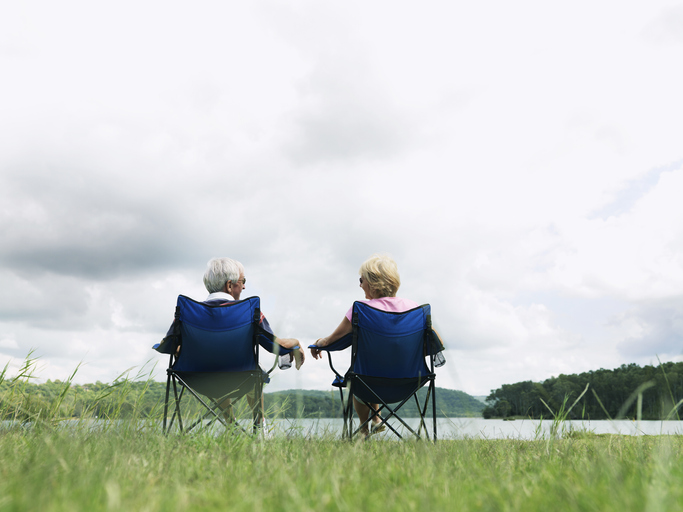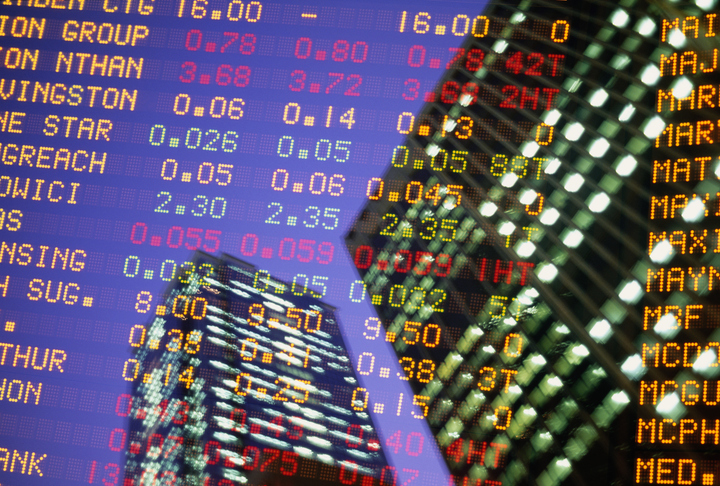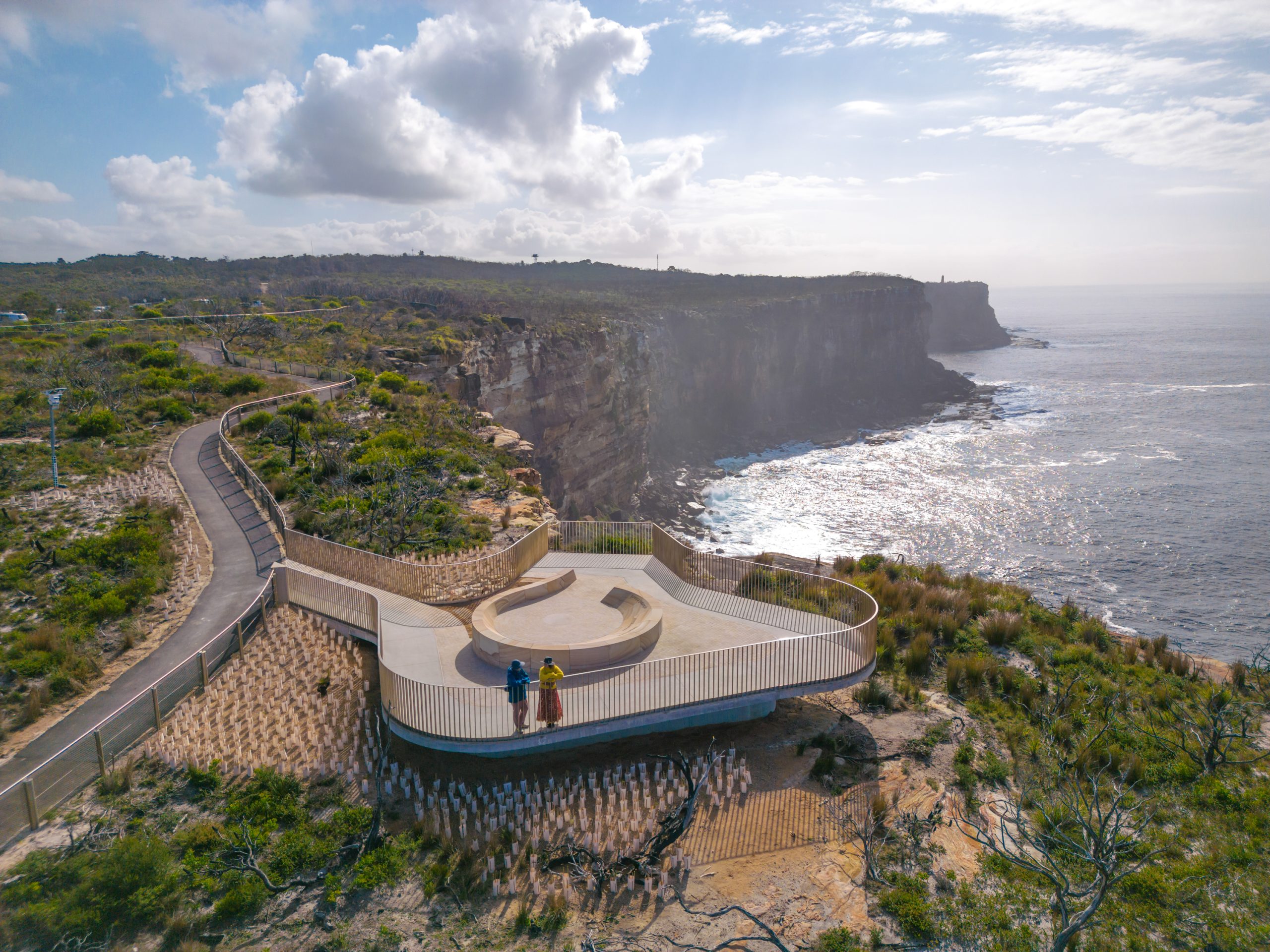Australians living longer and in better health, but it comes at a cost
The Federal Government’s Intergenerational Report flags changes to employment and taxation as the number of older Australians is set to double
Australians are set to live longer and be in better health into their later years, but that means future generations will need to shoulder a bigger tax burden to pay for it.
Those are some of the major findings of the government’s much-anticipated Intergenerational Report, to be released on Thursday by Treasurer Jim Chalmers.
The report, the fifth of its kind produced over the past 20 years, makes key social and economic forecasts about the next four decades – and what needs to be done to sustain those changes.
It will show life expectancy is set to rise to 87 years for men and 89.5 years for women by 2062-63.
The proportion of the population aged over 65 is forecast to double, while the number of people over 85 is set to triple, which the report concedes is “an ongoing economic and fiscal challenge”.
The economic consequences of those changes will be significant, with health spending expected to increase sharply, Dr Chalmers said.
Four other main expenditure areas of the Commonwealth budget, being aged care, the National Disability Insurance Scheme, interest on debt, and defence – will leap from one-third of total government spend to one half.
In particular, the so-called ‘care economy’ will almost double from eight per cent of GDP to about 15 per cent in 2062-63.
“Whether it’s health care, aged care, disabilities or early childhood education – we’ll need more well-trained workers to meet the growing demand for quality care over the next 40 years,” Dr Chalmers said.
“The care sector is where the lion’s share of opportunities in our economy will be created.”
Productivity, which has slumped for several tears now, is expected to remain flat and the report has revised down growth “from its 30-year average of around 1.5% to the recent 20-year average of around 1.2%”.
“Placing more weight on recent history better reflects headwinds to productivity growth, such as continued structural change towards service industries, the costs of climate change, and diminishing returns from past reforms,” it reads.
“This downgrade is consistent with forecasts in other advanced economies.”
Australia’s population in 40 years’ time is projected to hit 40 million, although the rate of growth will slow. The economy will rely more greatly on migration to meet skills shortages.
Dr Chalmers said the Intergenerational Report is a warning of the need to ensure the coming changes “work for us and not against us”.
“We’ve shown and demonstrated a willingness and an ability to make difficult decisions to put the budget on a more sustainable footing,” he said.
The report’s findings will spark renewed debate about the need for broad-based tax reform, forecasting a growing reliance on income tax as other revenue – like company tax and the GST – plateaus in the next decade.
One section of the report reads: “Structural changes to the economy are projected to put pressure on the revenue base over the coming decades.”
But rather than raising the GST, Dr Chalmers has flagged tax reform targeting multinationals, the petroleum resource rent tax, high-balance superannuation and cigarettes as possible areas of focus.
Ahead of the report’s release, the Business Council of Australia this week unveiled its national plan to grow productivity and increase competitiveness via a package of reforms.
“If we want sustained wages growth and to maintain full employment, the nation needs a reinvigorated economic growth agenda driven by large-scale investment, higher productivity and greater innovation,’’ the group’s president Tim Reed said.
“Our [plan] outlines how to deliver that agenda – putting forward the big ideas to dramatically alter Australia’s economic trajectory to deliver higher living standards.’’
Among its proposed policies are calls for microeconomic reform, a 10-year net zero roadmap and an overhaul of taxation.
This stylish family home combines a classic palette and finishes with a flexible floorplan
Just 55 minutes from Sydney, make this your creative getaway located in the majestic Hawkesbury region.
Continued stagflation and cost of living pressures are causing couples to think twice about starting a family, new data has revealed, with long term impacts expected
Australia is in the midst of a ‘baby recession’ with preliminary estimates showing the number of births in 2023 fell by more than four percent to the lowest level since 2006, according to KPMG. The consultancy firm says this reflects the impact of cost-of-living pressures on the feasibility of younger Australians starting a family.
KPMG estimates that 289,100 babies were born in 2023. This compares to 300,684 babies in 2022 and 309,996 in 2021, according to the Australian Bureau of Statistics (ABS). KPMG urban economist Terry Rawnsley said weak economic growth often leads to a reduced number of births. In 2023, ABS data shows gross domestic product (GDP) fell to 1.5 percent. Despite the population growing by 2.5 percent in 2023, GDP on a per capita basis went into negative territory, down one percent over the 12 months.
“Birth rates provide insight into long-term population growth as well as the current confidence of Australian families,” said Mr Rawnsley. “We haven’t seen such a sharp drop in births in Australia since the period of economic stagflation in the 1970s, which coincided with the initial widespread adoption of the contraceptive pill.”
Mr Rawnsley said many Australian couples delayed starting a family while the pandemic played out in 2020. The number of births fell from 305,832 in 2019 to 294,369 in 2020. Then in 2021, strong employment and vast amounts of stimulus money, along with high household savings due to lockdowns, gave couples better financial means to have a baby. This led to a rebound in births.
However, the re-opening of the global economy in 2022 led to soaring inflation. By the start of 2023, the Australian consumer price index (CPI) had risen to its highest level since 1990 at 7.8 percent per annum. By that stage, the Reserve Bank had already commenced an aggressive rate-hiking strategy to fight inflation and had raised the cash rate every month between May and December 2022.
Five more rate hikes during 2023 put further pressure on couples with mortgages and put the brakes on family formation. “This combination of the pandemic and rapid economic changes explains the spike and subsequent sharp decline in birth rates we have observed over the past four years,” Mr Rawnsley said.
The impact of high costs of living on couples’ decision to have a baby is highlighted in births data for the capital cities. KPMG estimates there were 60,860 births in Sydney in 2023, down 8.6 percent from 2019. There were 56,270 births in Melbourne, down 7.3 percent. In Perth, there were 25,020 births, down 6 percent, while in Brisbane there were 30,250 births, down 4.3 percent. Canberra was the only capital city where there was no fall in the number of births in 2023 compared to 2019.
“CPI growth in Canberra has been slightly subdued compared to that in other major cities, and the economic outlook has remained strong,” Mr Rawnsley said. “This means families have not been hurting as much as those in other capital cities, and in turn, we’ve seen a stabilisation of births in the ACT.”
This stylish family home combines a classic palette and finishes with a flexible floorplan
Just 55 minutes from Sydney, make this your creative getaway located in the majestic Hawkesbury region.


















